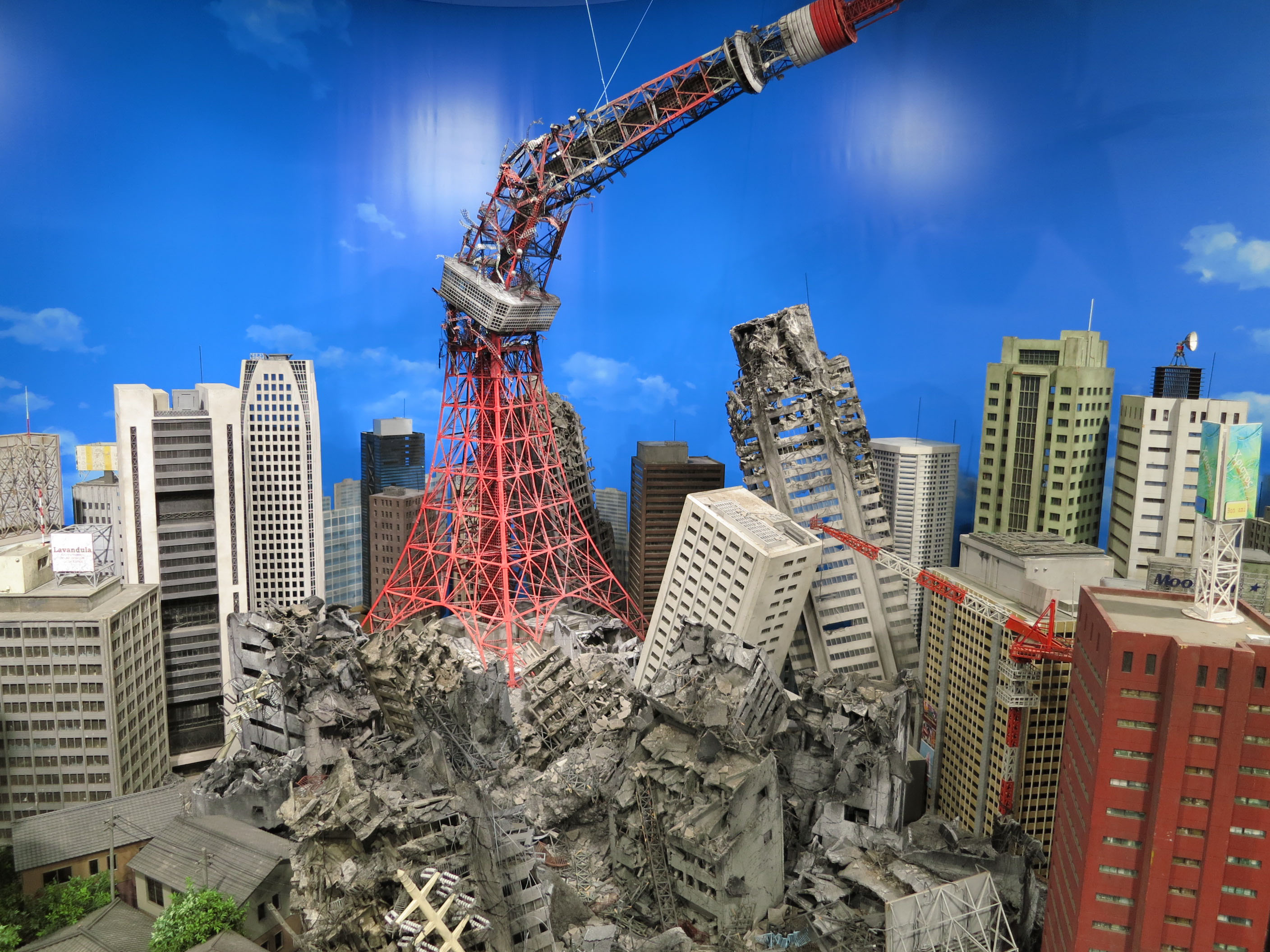Our monster is scaly, spiky, reptilian — a cross between a dinosaur and an irradiated insect that shrieks like an angry bird. Our hero is lean, faintly muscular in a rubbery skintight suit with inscrutable praying-mantis eyes. They face one another, stomping left to right like sumo wrestlers, posing karate-style. The humans below clasp their hands in hope, their city fragile as cardboard.
When the battle begins, the urban landscape — a meticulously detailed scaled-down model — is in flames, its buildings easily smashed and tossed through the air. A few lasers and fireballs fly, but in short order monster and hero grapple, engaging in hand-to-hand combat, tumbling into one another, grabbing body parts and twisting, turning, punching. It's mano-a-mano — and it's thrilling.
Before anime and manga became Japan's calling cards overseas, Japanese monster movies and TV shows were the face of its popular culture. I was a 6-year-old living with my Japanese grandparents in Morioka, Iwate Prefecture, when I got hooked on the "Ultraman" series. I usually watched it with my grandfather. They didn't have an air conditioner at the time, so we both sat in our underwear on the tatami. After the monster and Ultraman grappled, we did, too.
















With your current subscription plan you can comment on stories. However, before writing your first comment, please create a display name in the Profile section of your subscriber account page.